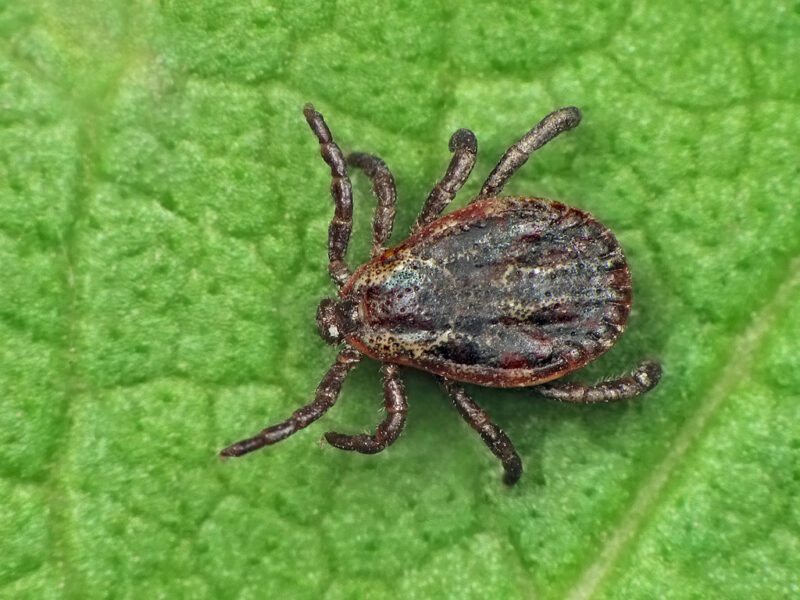Environmental samples from Campinas, São Paolo have tested positive for wild poliovirus type 1 (WPV1), though the country has not reported any polio cases since 1989. The samples were collected in March 2014 from the International Airport of Viracopos in Campinas as part of routine environmental surveillance. On June 18, the Brazil International Health Regulations (IHR) National Focal Point (NFP) reported WPV1 detection. This strain of poliovirus is genetically similar to a strain isolated from Equatorial Guinea, where four cases have been reported this year (as of June 17, according to the Global Polio Eradication Initiative).
To be clear, detection of WPV1 in environmental samples does not mean that there are polio cases in Brazil or that polio will reemerge in the country. WPV1 was detected in sewage samples in Israel in April 2013 and no cases have been reported following environmental detection of the virus. To avoid the risk of polio reemergence, Israel launched a large-scale vaccination campaign. Brazil has been conducting national vaccination campaigns since the 1980s; Campinas and the state of São Paolo have vaccination coverage of over 95 percent. This high level of immunity in the population means that the virus is unlikely to be transmitted among the population. However, PAHO/WHO (the Pan-American Health Organization/World Health Organization) has urged Member States to heighten surveillance for acute flaccid paralysis, which is a sudden onset of abnormal weakness and paralysis often associated with polio.
A common misconception is that detection of acute flaccid paralysis (AFP) in a population indicates the presence of polio cases. However, it is only the detection of abnormal levels of AFP that should raise concerns about polio. AFP is associated with a number of other syndromes and disorders, including Guillain-Barré syndrome, transverse myelitis, enteroviral encephalopathy, traumatic neuritis, Reye’s syndrome, and more.
Less than 1 percent of polio cases exhibit permanent paralysis, according to the CDC. About 72 percent of cases have no symptoms, while 24 percent have minor symptoms (fever, fatigue, nausea, headache, flu-like symptoms, neck and back stiffness, and limb pains). Death can occur if paralysis reaches the respiratory muscles and is more likely in older individuals. Poliovirus is spread from person to person by fecal-oral contamination, which involves contact with infected mucus, phlegm, feces, or contaminated food and water. Because there is no cure for polio, vaccination is crucial.
Sources
http://www.paho.org/hq/index.php?option=com_docman&task=doc_view&gid=25922+&Itemid=999999&lang=pt
http://www.polioeradication.org/Dataandmonitoring/Poliothisweek.aspx
http://www.who.int/csr/don/2013_06_03/en/
http://healthmap.org/site/diseasedaily/article/israel-launches-polio-vaccination-campaign-8913

